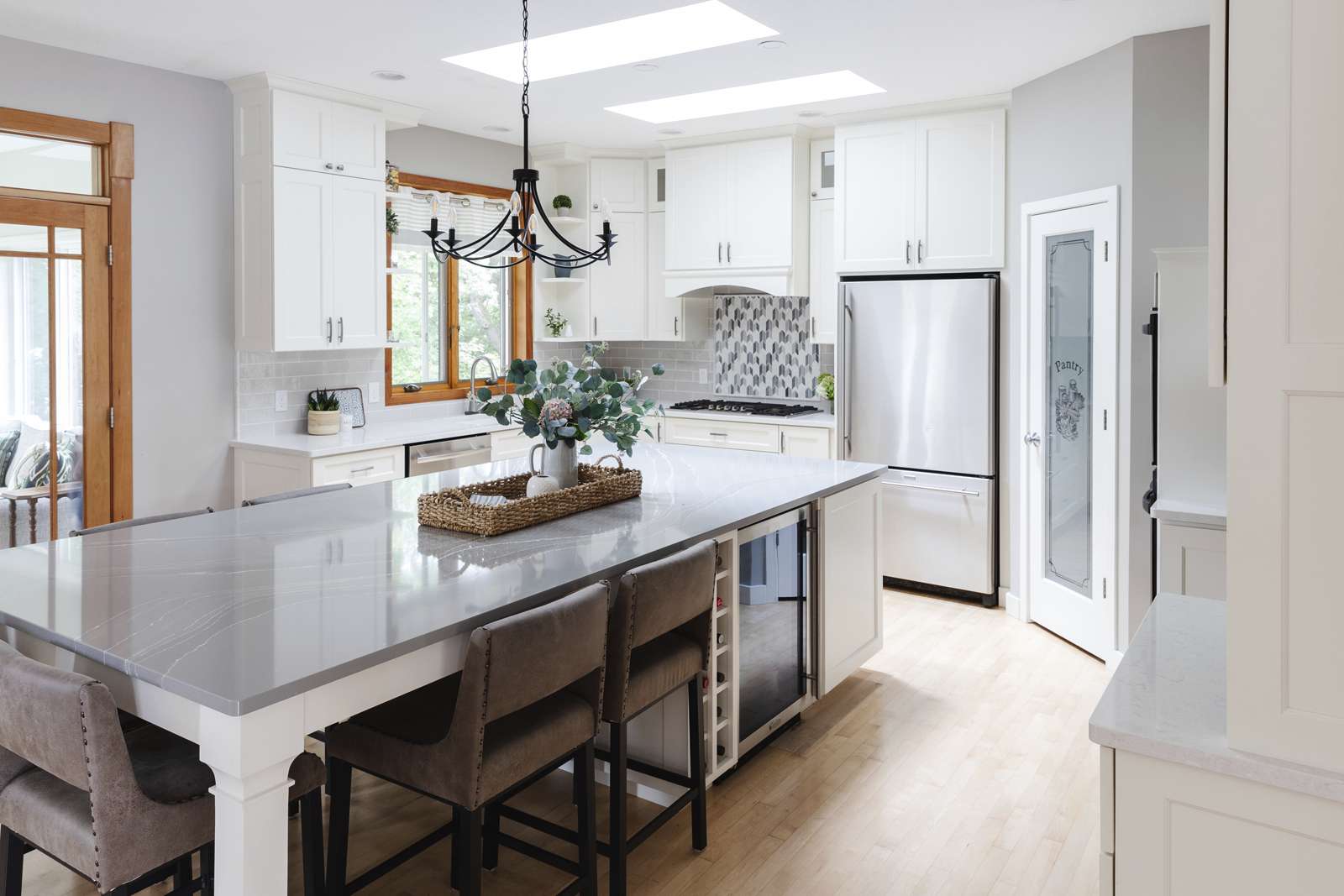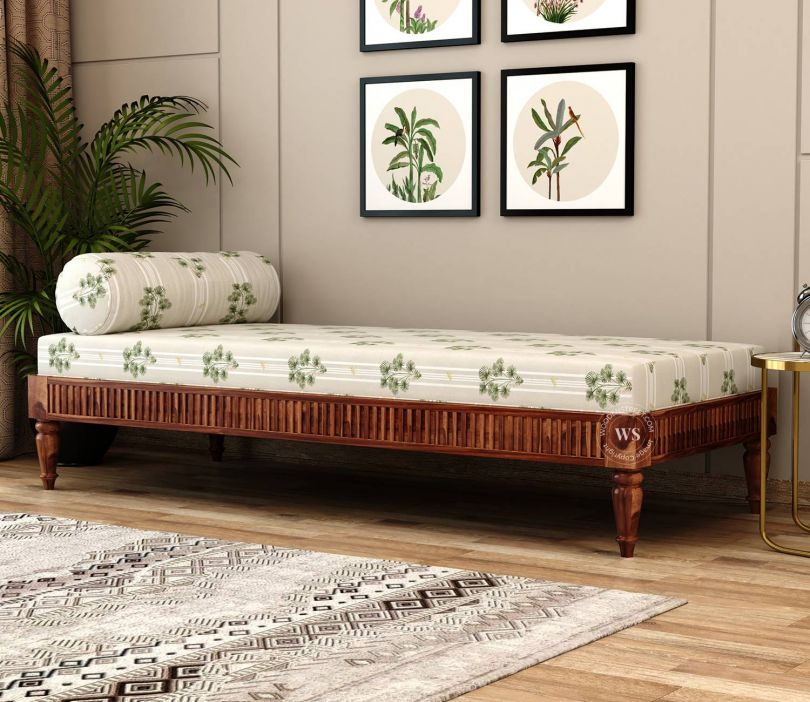A well-designed kitchen centerpiece creates both a functional workspace and an aesthetic focal point. A custom made island for kitchen serves as the perfect centerpiece, balancing style and practicality while reflecting personal taste. Choosing the right size, materials, and design ensures the centerpiece complements the overall kitchen layout. Current trends favor a mix of durable surfaces, versatile storage options, and layered lighting, all aligned with your unique style preferences. This approach allows homeowners to create a striking yet functional heart for the kitchen.
Understanding Your Kitchen Space
- Evaluate the kitchen layout and measure dimensions carefully.
- Consider traffic flow and accessibility around the centerpiece for convenience.
- Match the centerpiece size to available space to avoid overcrowding.
- Identify natural focal points such as windows, lighting, or structural features.
Understanding the physical space prevents the centerpiece from overwhelming the kitchen while ensuring it integrates seamlessly with existing elements.
Choosing the Right Materials
- Select durable surfaces like granite, quartz, marble, or wood for long-lasting appeal.
- Consider texture, color, and finish to complement the overall kitchen design.
- Balance practicality and visual appeal to maintain functionality over time.
- Use contrasting or accent materials to make the centerpiece stand out.
Material choice impacts both aesthetics and usability, giving the centerpiece a polished and distinctive look.
Incorporating Functionality and Storage
Incorporating built-in storage such as drawers, cabinets, and shelving allows the centerpiece to serve multiple purposes. Integration of appliances, including sinks, cooktops, or wine coolers, increases efficiency and convenience. Multi-purpose designs support food preparation, casual dining, and social gatherings, while ergonomic planning ensures comfortable use.
Choosing a Statement Shape and Design
Selecting the right shape, whether rectangular, circular, L-shaped, or irregular, sets the tone for visual impact. Bold designs should maintain proportional harmony with the kitchen. Adding layers, varying levels, or unique edges provides depth, while architectural details such as paneling, molding, or subtle lighting accents create elegance and character.
Lighting Your Centerpiece
Strategic lighting emphasizes the centerpiece’s design while adding ambiance. Pendant lights, chandeliers, or under-counter lighting highlight surfaces and materials effectively. Choosing lighting with appropriate color temperature enhances textures and finishes, and layering ambient, task, and accent lighting achieves both functional and dramatic effects.
Adding Decorative Elements
Decorative elements such as bowls, vases, or art pieces enhance visual appeal. Introducing plants or fresh flowers adds natural vibrancy, while rotating seasonal or thematic décor keeps the centerpiece feeling fresh. Maintaining a balanced approach ensures ornamentation enriches the space without cluttering it.
Color and Finish Coordination
Choosing colors that harmonize with cabinetry, flooring, and walls creates cohesion. Mixing finishes like matte and glossy surfaces adds visual depth, while accent colors in décor, lighting, or hardware draw attention to the centerpiece. A coordinated palette ensures a smooth transition between the centerpiece and surrounding kitchen elements.
Personalizing Your Kitchen Centerpiece
Personal touches like family heirlooms, travel finds, or custom artwork create a unique focal point. Custom elements such as distinctive handles, inlays, or carvings further individualize the space. Designs reflecting lifestyle needs, whether for entertaining, cooking, or casual dining, add personality through textures, materials, and finishes.
Maintaining and Caring for Your Centerpiece
Routine cleaning and maintenance preserve the surface’s appearance. Protecting materials from scratches, stains, or heat ensures long-term durability. Updating décor and finishes periodically keeps the centerpiece engaging, while professional refinishing or repairs can restore elegance and functionality over time.
Integrating Technology and Smart Features
Smart kitchen solutions can elevate a centerpiece’s functionality. Built-in charging stations, smart appliances, or touch-activated faucets add convenience. Integrating technology seamlessly maintains a clean, modern look while supporting efficient cooking and entertaining. Subtle tech features keep the centerpiece both stylish and practical.
Sustainability and Eco-Friendly Choices
Choosing sustainable materials like reclaimed wood, recycled stone, or low-VOC finishes benefits both the environment and indoor air quality. Energy-efficient lighting and water-saving fixtures further support eco-conscious design. Prioritizing sustainability creates a centerpiece that is responsible, durable, and visually appealing.
Conclusion
Designing a kitchen centerpiece requires thoughtful planning to combine style and functionality. A custom made island for kitchen serves as the perfect blend of aesthetic charm and practical utility. By carefully selecting materials, shape, lighting, and personal touches, homeowners can create a centerpiece that reflects personality while improving workflow. A well-executed centerpiece leaves a lasting impression and elevates the overall kitchen ambiance.
FAQs
What materials work best for a durable kitchen centerpiece?
Granite, quartz, marble, and high-quality wood offer durability while maintaining aesthetic appeal. Mixing textures and finishes can create a distinctive focal point.
How can I make a kitchen island multifunctional?
Incorporate built-in storage, seating, and appliances like sinks or wine coolers to combine food preparation, dining, and socializing functions in one cohesive design.
What lighting options highlight a kitchen centerpiece effectively?
Pendant lights, chandeliers, under-counter lighting, and layered ambient, task, and accent lighting enhance materials and create a visually engaging centerpiece.
How do I personalize my kitchen centerpiece?
Use custom elements such as inlays, unique handles, family heirlooms, or seasonal décor to reflect personal taste and lifestyle needs.



